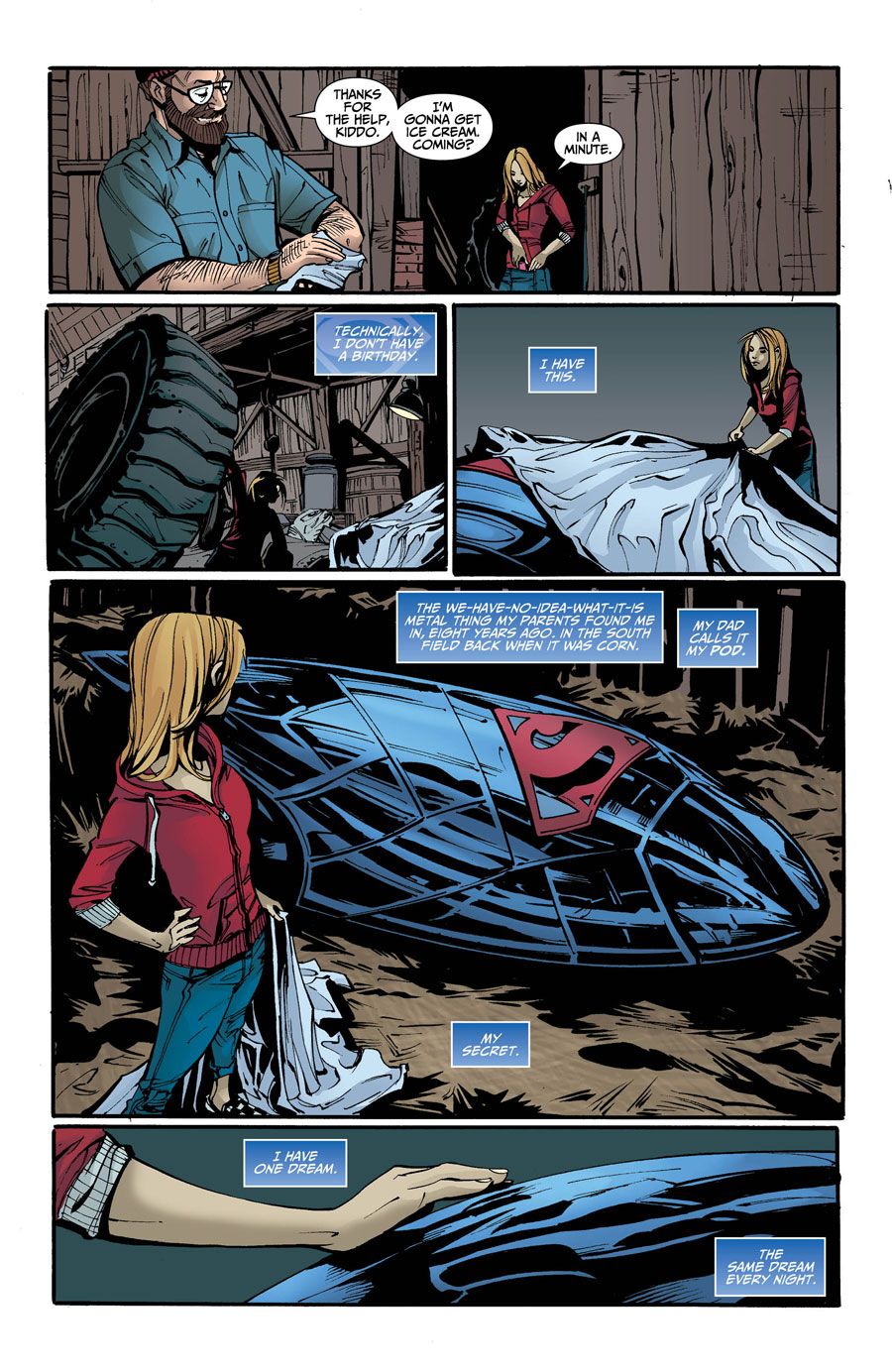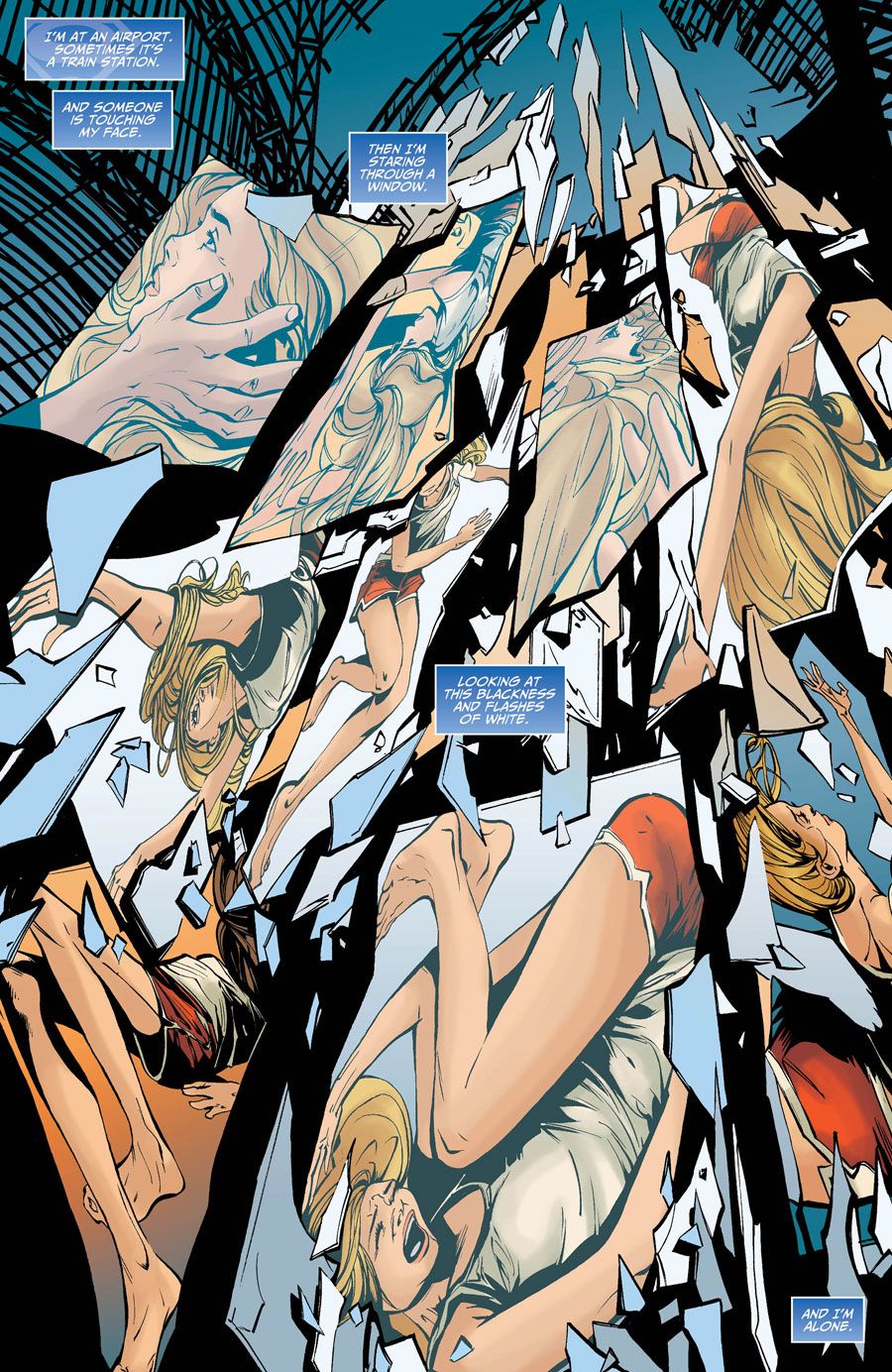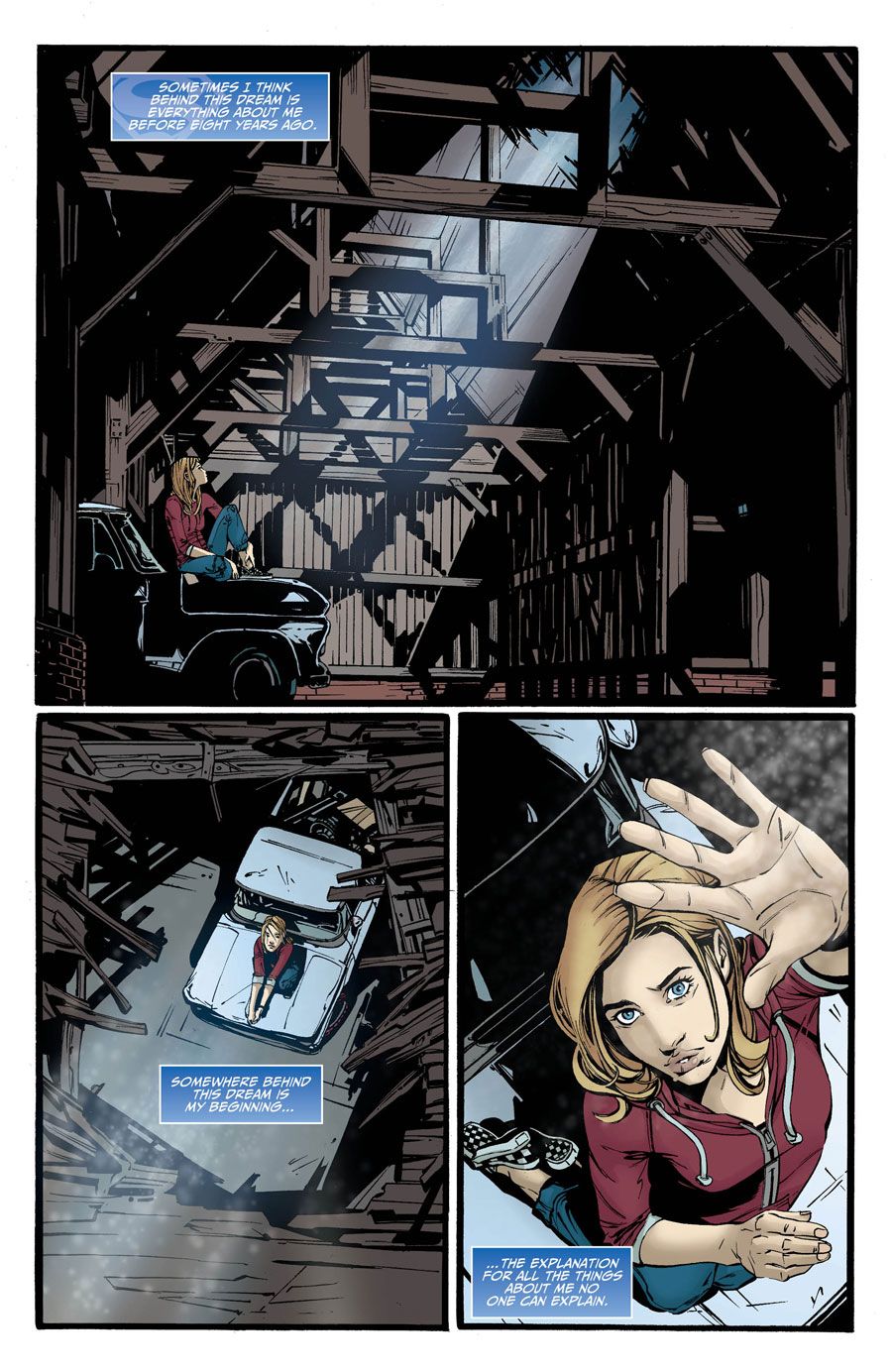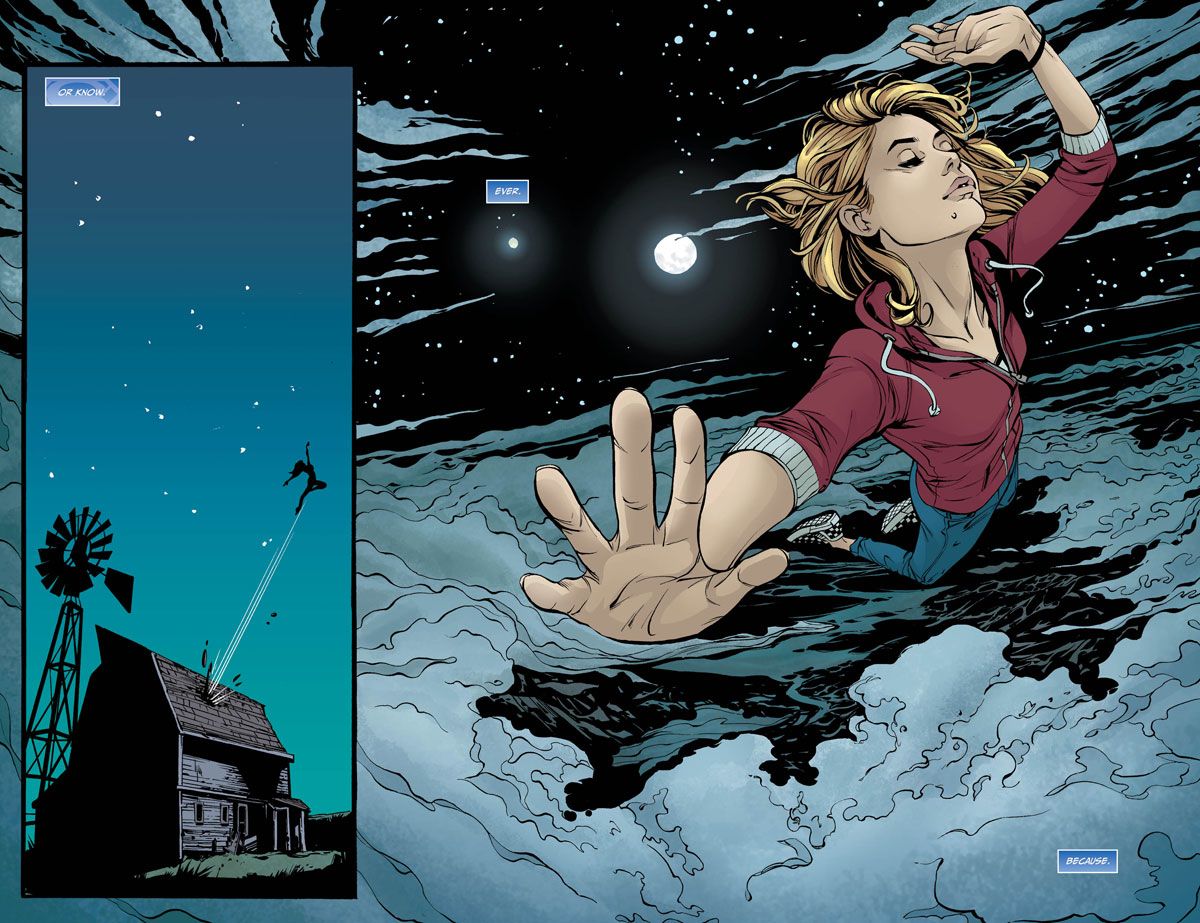Life for teenager Kara Danvers is... complicated. In addition to navigating the perils of high school, competing on the track team, and hanging out with her best friends, she also has to manage her secret identity. A secret identity that, with the arrival of her sixteenth birthday, is making her more powerful than ever.
RELATED: Mister Mxyzptlk to Materialize on Supergirl
Not only can Kara fly, outrun and out-lift just about everyone on the planet, her alien origins are making typical teenage puberty pretty disgusting. In short, for Kara, being super isn't as easy as it looks. But with the help of her family and friends, maybe she can figure out what it means to become someone greater, someone worthy of the name Supergirl.
Written by Mariko Tamaki, drawn by Joëlle Jones and Sandu Florea, colored by Kelly Fitzpatrick and lettered by Saida Temofonte, "Being Super" is a four-issue, out-of-continuity miniseries launching December 28 from DC Comics. Ahead of it's arrival in stores, Tamaki and Jones joined CBR to share insight into creating Kara's less-than-super self.
CBR: Mariko, so much of your work centers on teenage girls, and "Being Super" is no different in that regard. What kind of girl is Kara? And what does it mean for her to realize she's a superhero?
Mariko Tamaki: Kara is a typical teenager who is in no way a typical teenager. On the one hand she has this very ordinary life: parents, friends, school, sports. And on the other hand, she is extraordinary: she can fly, she’s super strong, and so on. On top of that, the extraordinary part is a secret. I think being a teenager is about reconciling the parts of your life that don’t fit, or don’t fit in to the world around you. It’s also about figuring out, for yourself, what parts of you are important, what parts you want to hold onto, and what those things mean for you and your life in the big picture. I think Kara is in the process of figuring out what it means that she is not actually really an ordinary girl, what it means in terms of who she is and who she will be. I think Kara is deciding to be super.
Joelle, your art is so expressive and really captures these moments of Kara and her life -- what was important to you when introducing readers to Kara?
Joëlle Jones: Thanks! I really just wanted to take what Mariko had started within the story and character descriptions and do it justice on the page.
For both, how did you explore the legacy of Supergirl and determine which character aspects to focus on for your series?
Tamaki: I read through some of the previous Supergirl series, some of which I was already familiar with. I also took a lot of inspiration, and a lot of time to think about, other DC comics and superhero arcs. Mostly because I wanted to see what parts of the story I was really drawn to and what I thought I could contribute something to. I also knew I was doing an origin type story so I wanted to see how other people had done that.
Jones: I wanted to stay true to the Supergirl books [artist] Jim Mooney did in the '60s. They have such a sense of play and fun, and I wanted to use that as a jumping off point for my part of the storytelling. Mariko’s script has all of it, but balances it out nicely with the complications of a teen’s life.
Mariko, Dolly was the standout character for me after reading the first issue. She's a chubby, athletic lesbian -- what was the process like for getting her approved by DC? And how are you coming up with all the amazing slogans on her t-shirts and hats?
Tamaki: I am a longtime fan of chubby athletic lesbians. Chubby athletic dykes are the best! They rule!
DC was totally into Dolly from the moment I brought her into the storyline. I am also a longtime fan of people who write stuff on their clothes and accessories (see also: drag queens) -- why wouldn't you want to wear a message of your own making? Where the text is mine, I tried to think of every time I've ever said, "That would be a good band name," and then used that.
Mariko, I remember a conversation we had months ago where you asked if aliens dream, and if their dreams are like humans' -- how have you been exploring what an alien adolescence looks like? And was this all just a ruse to write a really disgusting zit popping scene?
Tamaki: How great a conversation starter is that? Do aliens dream? I think everyone should be asking themselves that question, maybe every day. Also, are our dreams just mixed up versions of our lives, or do they point to the future? All good things to be thinking about right now. Aside from dreams, I spent a lot of time writing this thinking about an alien adolescence. I mean, come on, puberty, itself, is so weird and messy. Imagine being an alien and being 16! Clearly it would be a thing. As for your final question... Yes. Maybe. No comment.
Joelle, what was your reaction when you saw that come through in the script? Because the way you drew it is... ugh. I could taste it.
Jones: I couldn’t wait to draw that part! Looking back now, though, I wish I had taken it even further!
Joelle, apart from the cosmetic horrors, there are so many beautiful moments featuring Kara being at ease with her super-ness. What goes into your facial acting and body language? How do you figure out what the exact emotion is to communicate on your character's faces in each panel? There's some serious magic in what you do.
Jones: I don’t really think too hard on it. Mariko is a very good communicator in her scripts so I just took the cues written down for me there and drew it.
For both, what are your hopes for readers coming into this series?
Tamaki: I hope people like it.
Jones: I hope they dig it.
"Being Super" arrives in stores Wednesday, December 28.





